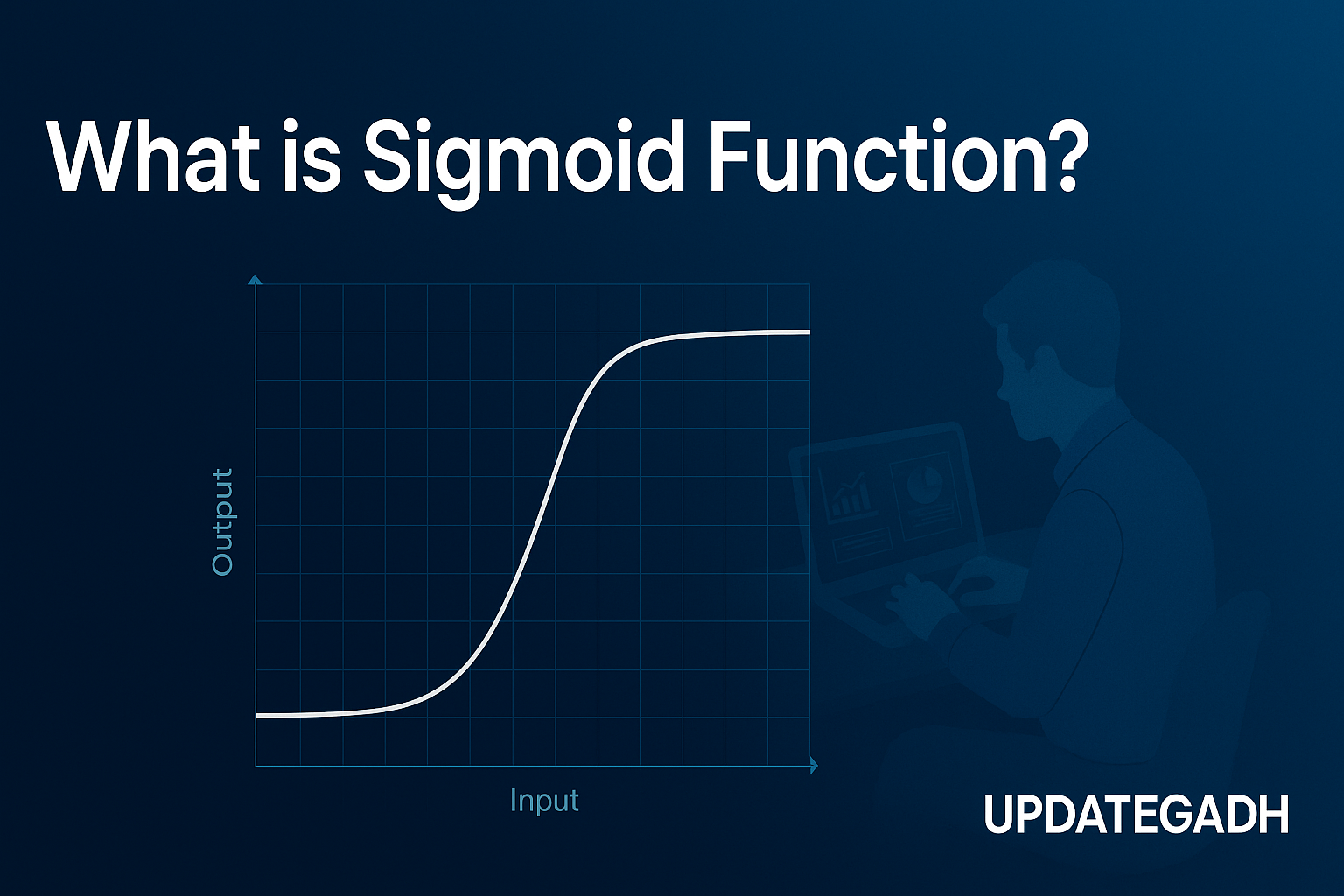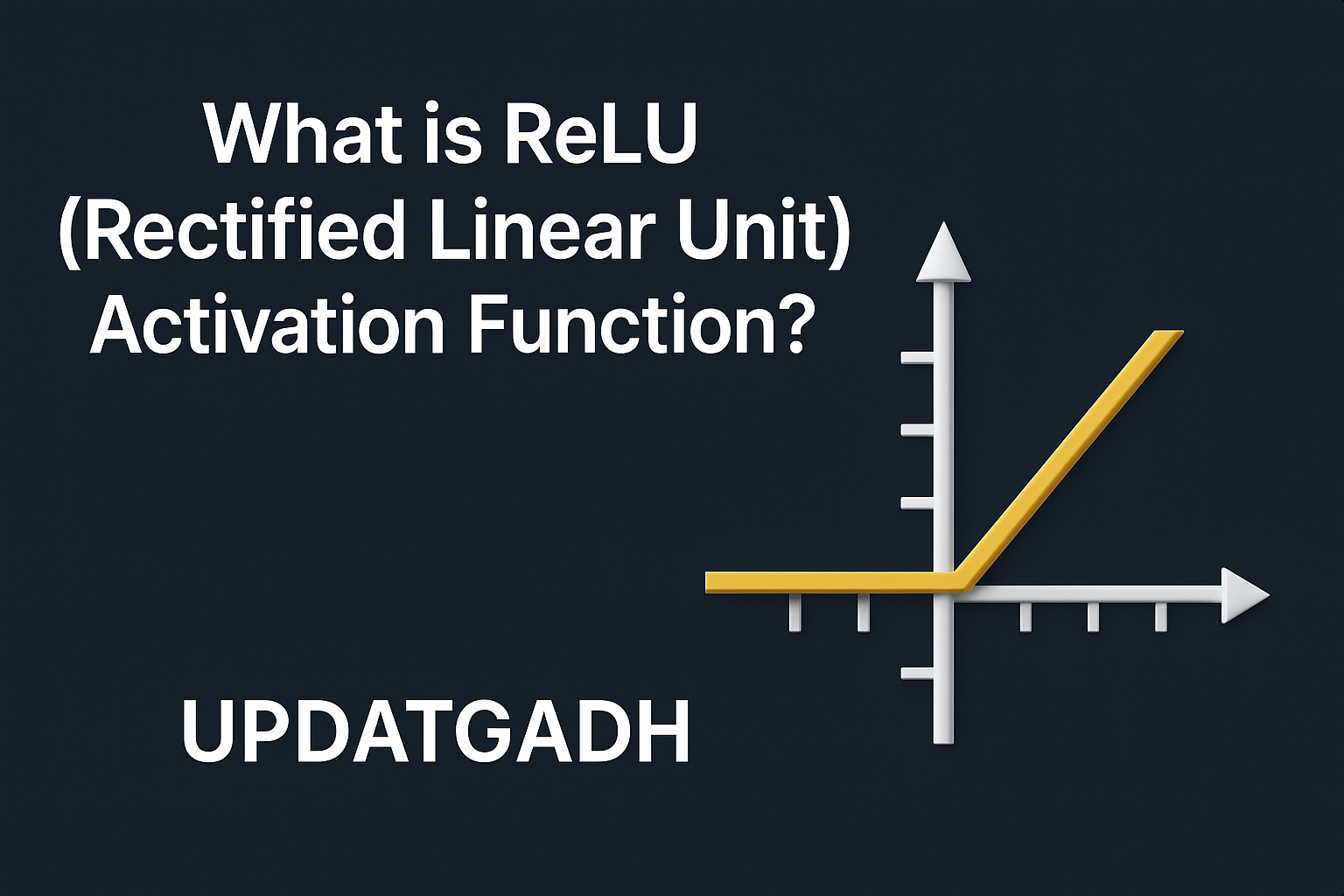
Introduction to Dimensionality Reduction Technique
Dimensionality Reduction Technique
What is Dimensionality Reduction?
In data science, dimensionality refers to the number of input variables or features present in a dataset. An excessive number of characteristics in a dataset might make it extremely complicated, challenging to visualise, and computationally costly to analyse or model. Dimensionality reduction becomes crucial in this situation.
The practice of lowering the number of input variables while keeping the dataset’s key information is known as “dimensionality reduction.” In simple terms, it helps convert a dataset with higher dimensions (more features) into a dataset with fewer dimensions, with minimal information loss. This method is widely used in deep learning and machine learning to improve data visualisation, decrease training time, and improve model performance.
Fields such as bioinformatics, speech recognition, signal processing, and image analysis rely heavily on dimensionality reduction methods.
Complete Python Course with Advance topics:-Click Here
SQL Tutorial :-Click Here
Data Science Tutorial:-Click Here
Understanding the Curse of Dimensionality
Handling datasets with high dimensions is a well-known problem in machine learning, often termed as the “Curse of Dimensionality.”
As the number of features increases, the model becomes more complex and prone to overfitting, which negatively impacts its generalization capability. Furthermore, high-dimensional data often requires larger sample sizes, more computational resources, and leads to slower processing time.
Dimensionality reduction acts as a solution to this problem by eliminating irrelevant or redundant features and simplifying the model.
Benefits of Dimensionality Reduction
Implementing dimensionality reduction offers several advantages:
- ✅ Reduced Storage Space: Lower feature count means less memory usage.
- ✅ Faster Training Time: Smaller datasets allow machine learning algorithms to train more effectively.
- ✅ Improved Model Performance: Reduces overfitting by removing extraneous features and noise.
- ✅ Better Data Visualization: It becomes easier to plot and understand data in 2D or 3D space.
- ✅ Removes Multicollinearity: Helps eliminate redundancy by identifying correlated variables.
Limitations of Dimensionality Reduction
Despite its benefits, dimensionality reduction has some drawbacks:
- ⚠️ Information Loss: Some relevant data may be lost during the reduction process.
- ⚠️ Complexity in Component Selection: Techniques like PCA may not always clearly indicate how many components should be retained.
- ⚠️ Computational Cost: Some techniques may themselves require significant processing, especially with massive datasets.
Techniques of Dimensionality Reduction
Two main methodologies can be used to broadly classify dimensionality reduction:
1. Feature Selection
Feature selection is about identifying and keeping the most important and relevant features from the dataset. It aids in cutting down on training time and model complexity.
Common Feature Selection Techniques:
🔹 Filter Methods
Select features based on statistical measures:
- Correlation Coefficient
- Chi-Square Test
- ANOVA (Analysis of Variance)
- Information Gain
🔹 Wrapper Methods
Assess feature subsets using a machine learning model:
- Forward Selection
- Backward Elimination
- Bidirectional Elimination
These methods are accurate but computationally expensive.
🔹 Embedded Methods
Integrate feature selection during model training:
- LASSO (Least Absolute Shrinkage and Selection Operator)
- Ridge Regression
- Elastic Net
2. Feature Extraction
By converting the original data into a lower-dimensional form, feature extraction generates new features instead of choosing from preexisting ones.
Common Feature Extraction Techniques:
- Principal Component Analysis (PCA)
- Linear Discriminant Analysis (LDA)
- Kernel PCA
- Quadratic Discriminant Analysis (QDA)
Popular Dimensionality Reduction Techniques
Let’s explore the most commonly used techniques in detail:
🧮 Principal Component Analysis (PCA)
PCA transforms correlated features into a smaller set of uncorrelated variables known as principal components. It preserves the variance in the data, which means it retains the most important information while reducing dimensionality.
✅ Used in: Image compression, recommender systems, bioinformatics, and more.
🔁 Backward Feature Elimination
This is a stepwise regression approach used in linear or logistic regression:
- Start with all features.
- Evaluate model performance.
- Remove one feature at a time.
- Drop the feature that has the least impact.
- Repeat the process until no further improvement.
➕ Forward Feature Selection
The reverse of backward elimination:
- Start with no features.
- Add features one by one.
- Choose the feature that improves performance the most.
- Continue until no further improvement.
📉 Missing Value Ratio
If a feature has a high percentage of missing values (based on a predefined threshold), it can be dropped. This helps in cleaning the dataset while retaining only useful features.
🧾 Low Variance Filter
Features with very low variance provide little useful information. Dropping such features can reduce noise and improve model accuracy.
🔁 High Correlation Filter
If two features are highly correlated (i.e., provide the same information), one can be removed to reduce redundancy. This helps avoid multicollinearity in regression models.
🌲 Random Forest for Feature Selection
Random Forest provides an in-built feature importance score for each variable. This allows you to pick the top features based on their contribution to prediction accuracy.
📌 Note: Random Forest requires numeric input; so categorical variables need to be encoded before use.
🧪 Factor Analysis
This groups features based on their correlation:
- There is a strong association between variables that belong to the same group (factor).
- Variables in different groups have low correlation.
- Compared to the initial number of features, there are fewer groups (factors).
💡 Example: Income and spending might belong to the same factor.
🤖 Auto-Encoders
Neural networks that are utilised for unsupervised learning are called auto-encoders. Their goal is to acquire an effective way to portray the data:
- Encoder compresses the input.
- Decoder reconstructs the input from the compressed version.
Auto-encoders are effective for deep learning models and high-dimensional data like images.
Download New Real Time Projects :-Click here
Complete Advance AI topics:- CLICK HERE
Final Thoughts
In today’s world of big data, dealing with high-dimensional datasets has become common, but also challenging. Dimensionality reduction plays a crucial role in simplifying models, reducing overfitting, and enhancing overall performance.
Whether through feature selection or feature extraction, applying the right dimensionality reduction technique is key to unlocking powerful insights and building efficient machine learning models.
Stay tuned with UpdateGadh for more insightful and practical content on machine learning, data science, and AI!
dimensionality reduction techniques
dimensionality reduction techniques in machine learning
dimensionality reduction example
pca dimensionality reduction
what is dimensionality reduction class 10
lda dimensionality reduction
dimensionality reduction in data mining
projection in dimensionality reduction
dimensionality reduction techniques in machine learning
dimensionality reduction example
pca dimensionality reduction
what is dimensionality reduction class 10
dimensionality reduction in data mining
dimensionality reduction meaning
dimensionality reduction in machine learning examples
dimensionality reduction example in real life










Post Comment